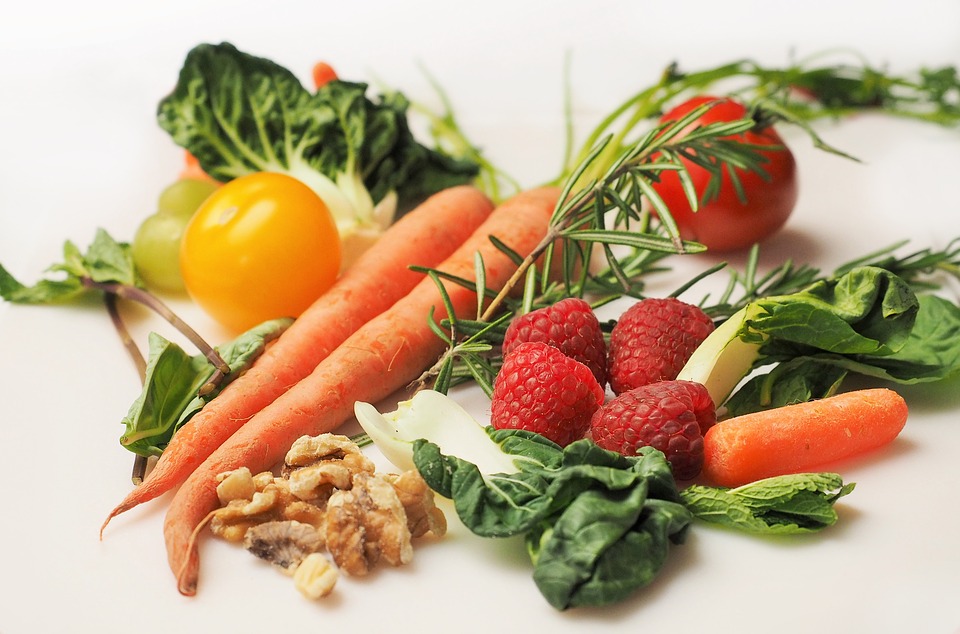Note that your final mark will not be saved in the system.
Vitamins GapFill
You must fill all the gaps before clicking ‘Check Answers!’

Vitamins are organic molecules needed by the body in amounts. They can be divided into two groups. The first group includes vitamins A, D, E and K which are soluble in . These vitamins are in the body and their excess is often toxic.
The second group includes group B vitamins and , which are soluble in . These vitamins are in the body, but instead their excess is removed from the body with urine.
Vitamins A, C and E are also . This means that they protect the body from , help to slow down ageing and prevent cancer.
Most of the vitamins are very fragile and are destroyed when treated with , acid or sunlight. It is best to and shorten cooking time to lower vitamin loss during cooking.
The number of vitamins needed by a healthy person is decided by the Deparment of Health and Social Care (DHSC), and the rules for how this is displayed on food labels is decided by the . It is important to consume adequate amount of vitamins to avoid health issues such as and when eating too little vitamin D, or when eating too little folic acid.